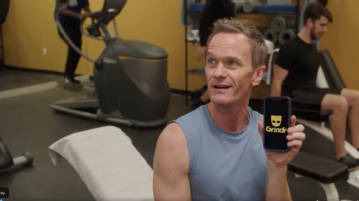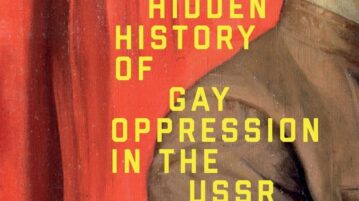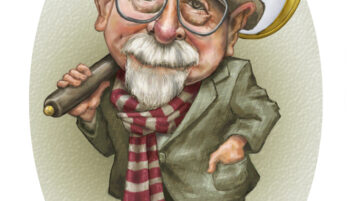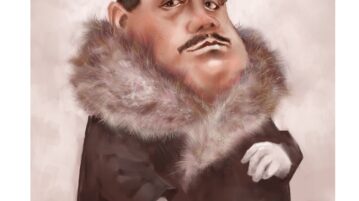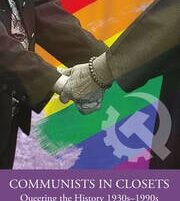
Fanfiction and the Omegaverse
Defenses of fanfiction have been made on its creative merits, on its transformative merits, on its god-why-do-we-need-to-defend-enjoying-stuff merits, but one of the most important needs that “fic” meets is its ability to provide a low-risk space for people who are questioning their identity to explore it in a new way.
More

